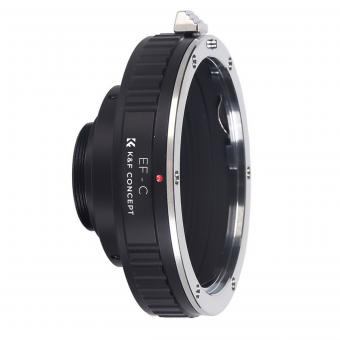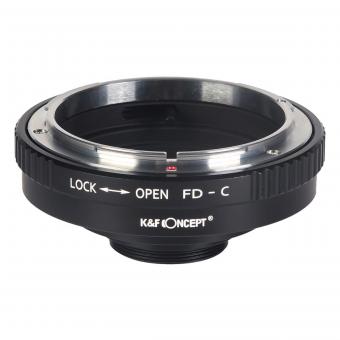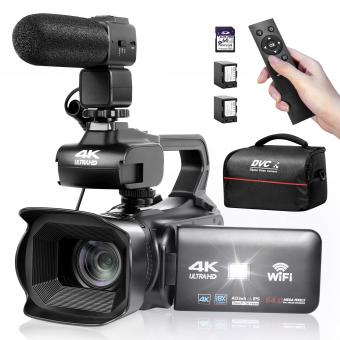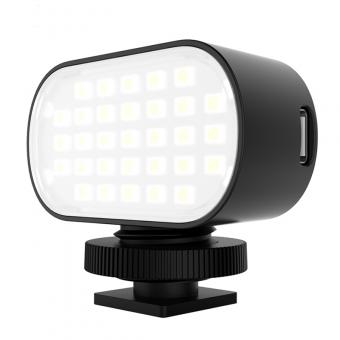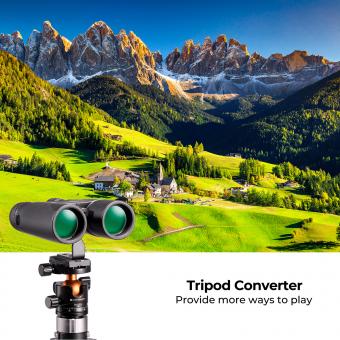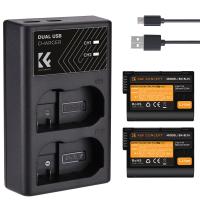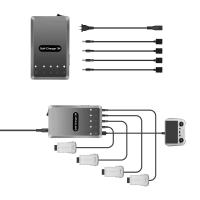How Is The Camcorder Market Doing ?
The camcorder market has experienced a decline in recent years due to the rise of smartphones with high-quality video recording capabilities. Many consumers now prefer the convenience of using their smartphones to capture videos instead of carrying a separate camcorder. However, there is still a niche market for professional-grade camcorders used by filmmakers, videographers, and content creators who require advanced features and superior image quality. Additionally, some consumers still prefer camcorders for specific purposes such as recording events, sports, or family gatherings. Overall, while the consumer camcorder market has been impacted by smartphones, the professional camcorder market continues to cater to specific needs and demands.
1、 Market size and growth of the camcorder industry
The camcorder market has experienced significant changes in recent years due to the rise of smartphones and other portable devices with high-quality video recording capabilities. As a result, the market size and growth of the camcorder industry have been affected.
The traditional camcorder market has faced challenges as consumers increasingly rely on their smartphones for capturing videos. Smartphones offer convenience and ease of use, eliminating the need for a separate device like a camcorder. This shift in consumer behavior has led to a decline in demand for standalone camcorders.
However, it is important to note that there is still a niche market for camcorders, particularly among professional videographers and enthusiasts who require advanced features and superior video quality. These individuals often prefer dedicated camcorders for their specialized functionalities, such as optical zoom, manual controls, and better image stabilization.
In recent years, some camcorder manufacturers have adapted to the changing market dynamics by introducing innovative features and targeting specific customer segments. For example, action camcorders have gained popularity among adventure enthusiasts and sports enthusiasts due to their compact size, ruggedness, and ability to capture high-quality videos in extreme conditions.
Additionally, the emergence of 4K and even 8K video recording capabilities in camcorders has attracted attention from professionals in the film and television industry. These advancements have helped sustain a certain level of demand for camcorders, despite the overall decline in the market.
In conclusion, while the camcorder market has faced challenges due to the prevalence of smartphones, there is still a niche market for dedicated camcorders. Manufacturers have responded by targeting specific customer segments and introducing advanced features to cater to the needs of professionals and enthusiasts. The market size and growth of the camcorder industry may not be as robust as in the past, but it continues to evolve to meet the demands of a changing consumer landscape.

2、 Technological advancements in camcorders
The camcorder market has experienced significant changes and challenges in recent years due to technological advancements. With the rise of smartphones and their increasingly sophisticated cameras, the demand for traditional camcorders has declined. However, this does not mean that the camcorder market is obsolete or non-existent.
One of the key technological advancements in camcorders is the shift from analog to digital formats. Digital camcorders offer higher resolution, better image quality, and the ability to store and transfer videos easily. This has made them more appealing to professional videographers and enthusiasts who require superior video quality.
Another significant development is the integration of advanced features in camcorders. Many modern camcorders now come equipped with image stabilization, autofocus, and high-speed shooting capabilities. These features enhance the overall video recording experience and allow users to capture smooth and professional-looking footage.
Furthermore, camcorders have also adapted to changing consumer preferences by incorporating Wi-Fi and Bluetooth connectivity. This enables users to easily transfer videos to their smartphones or other devices for quick sharing on social media platforms. Additionally, some camcorders now offer live streaming capabilities, allowing users to broadcast their videos in real-time.
Despite the challenges posed by smartphones, there is still a niche market for camcorders. Professional videographers, filmmakers, and content creators often prefer camcorders due to their superior image quality, manual controls, and versatility. Moreover, camcorders are designed specifically for video recording, offering better ergonomics and longer battery life compared to smartphones.
In conclusion, the camcorder market has evolved in response to technological advancements. While the demand for traditional camcorders may have decreased, there is still a market for high-quality video recording devices. The integration of advanced features and connectivity options has helped camcorders remain relevant in the digital age.

3、 Consumer preferences and buying behavior in the camcorder market
Consumer preferences and buying behavior in the camcorder market have been evolving over the years. With the rise of smartphones and their increasingly advanced camera capabilities, the demand for standalone camcorders has declined. However, there is still a niche market for camcorders, particularly among professional videographers and enthusiasts who require higher quality video recording.
In recent years, the camcorder market has seen a shift towards more compact and portable models. Consumers are looking for lightweight and easy-to-use camcorders that can capture high-resolution videos and offer advanced features such as image stabilization and low-light performance. Manufacturers have responded to this demand by introducing smaller camcorders with improved image quality and enhanced functionality.
Another trend in the camcorder market is the integration of Wi-Fi and Bluetooth connectivity. This allows users to easily transfer videos to their smartphones or other devices for editing and sharing. Additionally, some camcorders now offer live streaming capabilities, catering to the growing popularity of social media platforms and vlogging.
Despite the decline in overall demand, there is still a market for professional-grade camcorders. These models offer superior image quality, interchangeable lenses, and advanced manual controls, making them suitable for filmmakers, journalists, and other professionals in need of high-quality video recording.
In conclusion, the camcorder market has experienced a decline in demand due to the increasing capabilities of smartphones. However, there is still a niche market for camcorders, particularly among professionals and enthusiasts who require higher quality video recording. Manufacturers have responded to this by introducing more compact and portable models with advanced features such as Wi-Fi connectivity and live streaming capabilities.

4、 Competitive landscape and key players in the camcorder industry
The camcorder market has experienced significant changes in recent years due to the rise of smartphones and other portable devices with high-quality video recording capabilities. As a result, the demand for traditional camcorders has declined, leading to a challenging landscape for manufacturers in the industry.
The competitive landscape of the camcorder market is dominated by a few key players who have managed to adapt to the changing market dynamics. Companies such as Sony, Canon, Panasonic, and JVC continue to hold a significant market share due to their strong brand reputation and technological advancements. These players have focused on developing high-end camcorders with advanced features and functionalities to cater to professional videographers and enthusiasts.
However, the overall market for camcorders has been shrinking as consumers increasingly rely on smartphones and action cameras for their video recording needs. The convenience and portability offered by these devices, coupled with the continuous improvement in their camera capabilities, have made them a popular choice among consumers.
In response to this trend, some camcorder manufacturers have shifted their focus towards niche markets. For example, there has been a growing demand for camcorders with 360-degree video recording capabilities, particularly in the virtual reality (VR) and augmented reality (AR) industries. Companies like GoPro have capitalized on this trend by introducing camcorders specifically designed for capturing immersive content.
In conclusion, the camcorder market has faced challenges in recent years due to the increasing popularity of smartphones and other portable devices with video recording capabilities. However, key players in the industry have managed to adapt by focusing on high-end camcorders and niche markets such as VR and AR. The future of the camcorder market will likely depend on the ability of manufacturers to innovate and differentiate their products in a highly competitive landscape.




